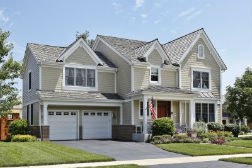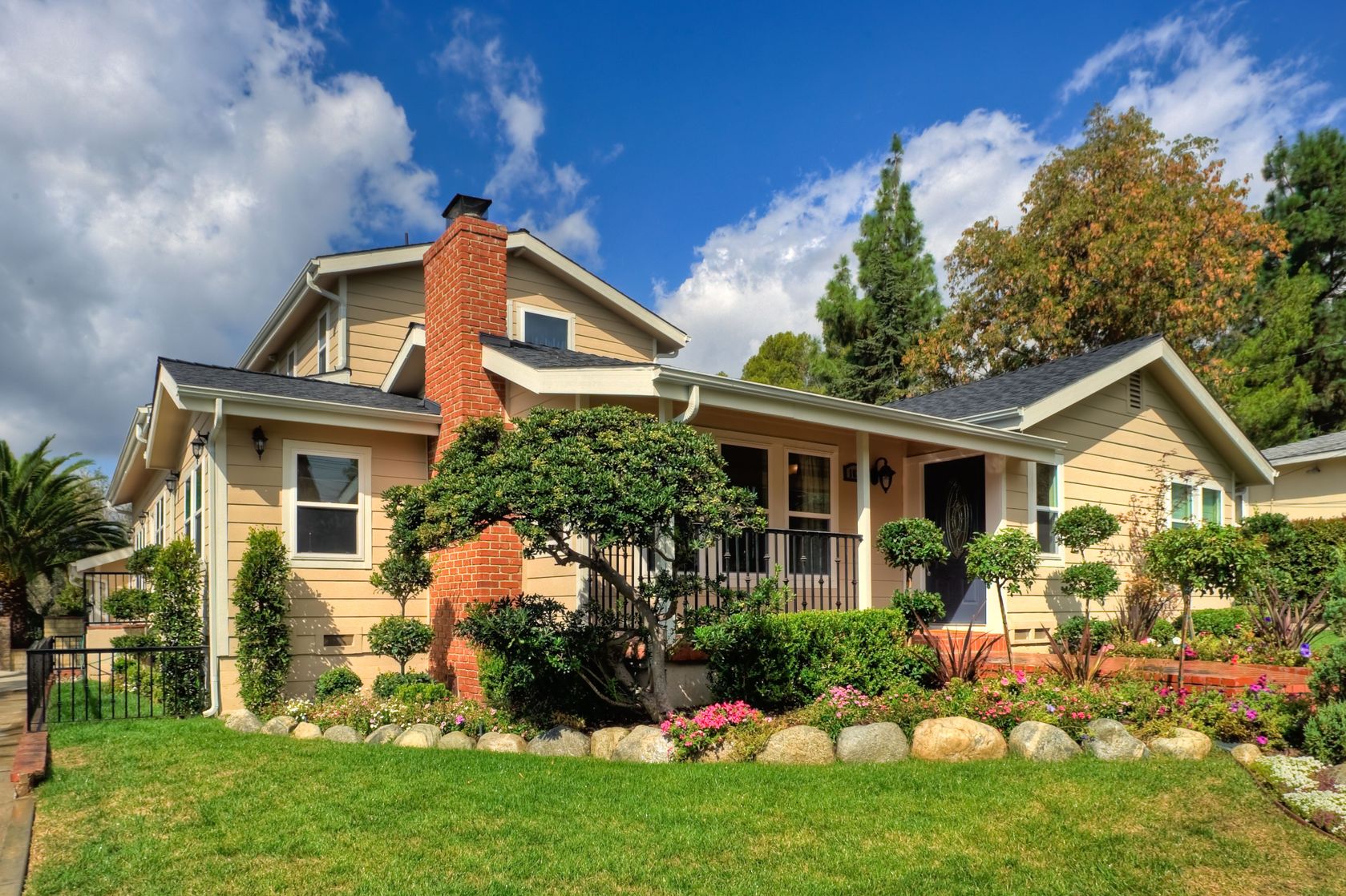 According to the National Association of Home Builders, July builder sentiment dipped to an index reading of 64 as compared to June’s revised reading of 66, the original reading was 67. Analysts expected the reading for July to increase to 68. Builders cited increasing lumber prices as a concern affecting builders’ outlook on housing market conditions for new single-family homes. Any reading over 50 for the NAHB Housing Market Index indicates that more builders than fewer are positive about housing market conditions, but July’s reading was the lowest in eight months. NAHB said that home builder confidence in market condition “remains strong.”
According to the National Association of Home Builders, July builder sentiment dipped to an index reading of 64 as compared to June’s revised reading of 66, the original reading was 67. Analysts expected the reading for July to increase to 68. Builders cited increasing lumber prices as a concern affecting builders’ outlook on housing market conditions for new single-family homes. Any reading over 50 for the NAHB Housing Market Index indicates that more builders than fewer are positive about housing market conditions, but July’s reading was the lowest in eight months. NAHB said that home builder confidence in market condition “remains strong.”
Three month rolling averages were mixed. The Northwestern region gained one point for an index reading of 47, the Midwest gained one point to a reading of 66 and the Southern region dropped three points to a reading of 66. The Western region had the highest level of builder confidence but lost one point for a reading of 75.
Shortages of homes for sale and buildable lots have impacted builder confidence for several months. As the number of available homes dwindles, demand and home prices have risen. Real estate pros view building more home as the only solution for easing the shortage of homes for sale Lower readings on builder confidence in market conditions could indicate slowing in the construction of new homes.
Lumber Tariff Raises New Home Prices, Could Cost Jobs
While home builder confidence jumped in the aftermath of the election, builders said that a tariff on Canadian lumber is affecting home prices and construction jobs. In a statement released with July’s Housing Market Index readings, NAHB said that the lumber tariff tacked on an average of $1236 to the average home price. NAHB leaders also said that as materials costs continue to rise, affordability will become an issue and that construction layoffs could potentially exceed 8000 jobs.
NAHB Chairman Granger MacDonald said about the lumber tariff, this is hurting housing affordability even as consumer interest in the new-home market remains strong” While current interest in new homes is healthy, home builders will have to manage costs to keep home prices affordable and competitive.
 According to the Case-Shiller National Home Price Index, February home prices grew at their fastest pace in three years. While home prices have steadily grown in recent months, growth rates slowed in many areas month-to-month; the escalation of home prices from January to February indicates stronger housing markets. National home prices increased by 0.20 percent in February to a seasonally-adjusted annual rate of 5.80 percent appreciation.
According to the Case-Shiller National Home Price Index, February home prices grew at their fastest pace in three years. While home prices have steadily grown in recent months, growth rates slowed in many areas month-to-month; the escalation of home prices from January to February indicates stronger housing markets. National home prices increased by 0.20 percent in February to a seasonally-adjusted annual rate of 5.80 percent appreciation. January’s National Association of Home Builders Housing Market Index dipped two points from December’s revised reading of 69 to 67; the index reading forecast for January was also 69.Analysts said that January’s reading was the second highest (after December 2016) since the peak of the housing bubble in 2005. January’s dip in builder sentiment was attributed to easing of builder enthusiasm, which spiked right after the U.S. presidential election. To put January’s home builder confidence reading in context, NAHB says that any index reading over 50 indicates that more builders than fewer have confidence in housing market conditions.
January’s National Association of Home Builders Housing Market Index dipped two points from December’s revised reading of 69 to 67; the index reading forecast for January was also 69.Analysts said that January’s reading was the second highest (after December 2016) since the peak of the housing bubble in 2005. January’s dip in builder sentiment was attributed to easing of builder enthusiasm, which spiked right after the U.S. presidential election. To put January’s home builder confidence reading in context, NAHB says that any index reading over 50 indicates that more builders than fewer have confidence in housing market conditions. According to the national Case-Shiller Home Price Index, August home prices are 0.10 percent below their 2006 peak and all metro areas in the 20-City Home Price Index posted gains. Top gains in the 20-City Home Price Index were posted by Portland, Oregon with a year-over-year gain of 11.70 percent, Seattle, Washington home prices gained 11.40 percent and Denver, Colorado home prices gained 8.80 percent year-over-year.
According to the national Case-Shiller Home Price Index, August home prices are 0.10 percent below their 2006 peak and all metro areas in the 20-City Home Price Index posted gains. Top gains in the 20-City Home Price Index were posted by Portland, Oregon with a year-over-year gain of 11.70 percent, Seattle, Washington home prices gained 11.40 percent and Denver, Colorado home prices gained 8.80 percent year-over-year.